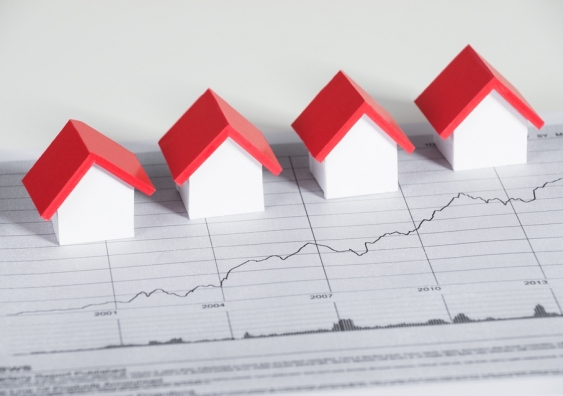Negative gearing is a term that frequently surfaces in discussions about Australian property investment, often touted as a strategy to build wealth through real estate. While it can be an effective financial tactic, it’s essential to fully understand what negative gearing entails, how it works, and the potential risks involved.
What is Negative Gearing?
Negative gearing occurs when the income generated from an investment property (such as rental income) is less than the expenses associated with owning and managing the property. These expenses can include interest on a loan, property management fees, maintenance costs, and depreciation. Essentially, the property is costing you more than it earns, resulting in a net loss.
This net loss can be used to reduce your taxable income, potentially providing significant tax benefits. This is one of the key reasons why negative gearing has become a popular strategy among property investors.
How Does Negative Gearing Work?
Imagine you own a rental property that earns $25,000 per year in rental income. However, your expenses for the property, including mortgage interest, maintenance, and other costs, total $35,000 per year. This means you are running at a $10,000 loss.
Under Australia’s tax laws, this $10,000 loss can be deducted from your taxable income, which may reduce your overall tax liability. For investors in higher tax brackets, the tax savings can be substantial.
Benefits of Negative Gearing
- Tax Deductions: The primary advantage of negative gearing is the ability to offset your income and reduce your tax bill. For high-income earners, this can be a significant financial benefit.
- Capital Growth Potential: While the property may be generating a loss in the short term, many investors rely on the property’s value appreciating over time. The goal is that the capital gains realised when selling the property will outweigh the accumulated losses.
- Wealth Accumulation: Negative gearing can be part of a long-term wealth-building strategy. By holding onto the property and taking advantage of capital growth, investors can potentially build significant wealth over time.
Risks and Considerations
While the tax benefits of negative gearing are appealing, it’s not without risks:
- Cash Flow Pressure: Since the property is generating a loss, you’ll need to cover the shortfall from other income sources. This can create cash flow challenges, especially if interest rates rise or the property remains vacant for extended periods.
- Market Volatility: Property values can fluctuate. If the market declines, you may find yourself in a situation where the property is worth less than the purchase price, making it difficult to recoup your losses.
- Dependence on Capital Growth: Negative gearing relies heavily on the expectation that property values will increase over time. If the market doesn’t perform as expected, the strategy may result in long-term financial losses.
- Legislative Changes: Tax laws and regulations around negative gearing can change. For instance, any future government policy that limits or eliminates negative gearing could impact the viability of this strategy.
Is Negative Gearing Right for You?
Negative gearing isn’t a one-size-fits-all strategy. It’s important to consider your financial situation, risk tolerance, and investment goals before deciding if it’s right for you. Speaking with a qualified accountant or financial advisor can help you understand the implications of negative gearing and how it fits into your broader financial plan.
Conclusion
Negative gearing can be a powerful tool in an investor’s arsenal, offering tax benefits and the potential for long-term capital growth. However, it’s essential to approach it with a clear understanding of the risks involved and a well-thought-out investment strategy. By doing so, you can make informed decisions that align with your financial goals and help you build a robust investment portfolio.
